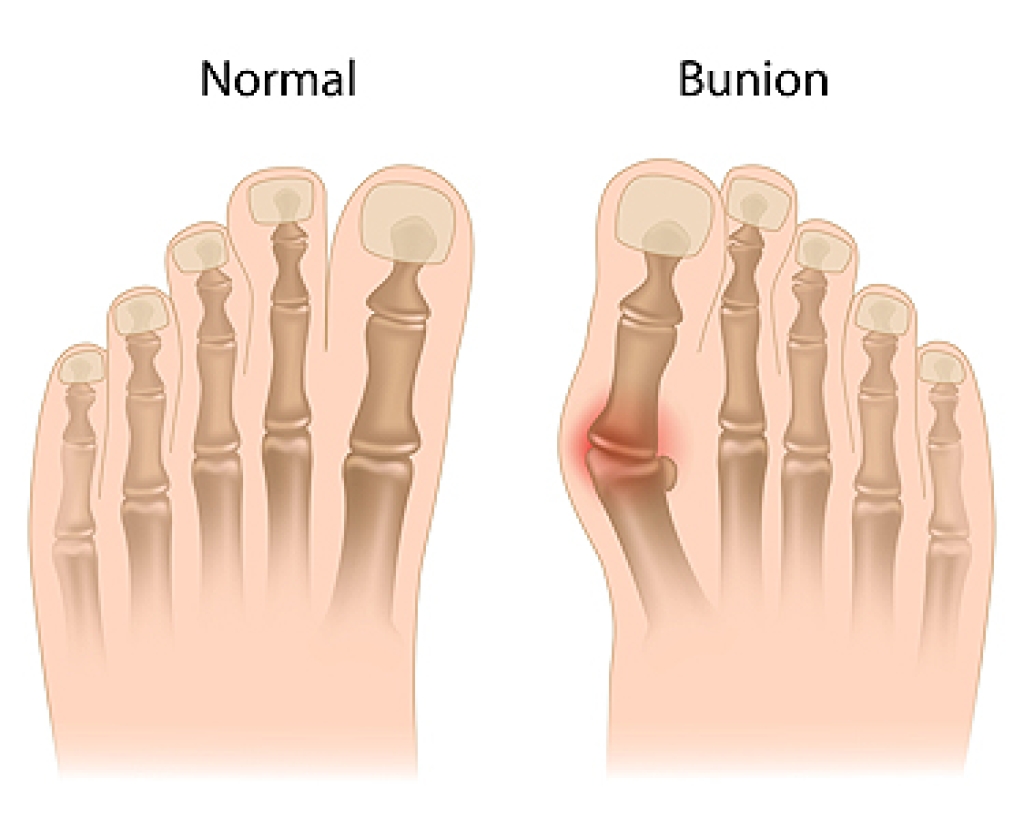
A bunion is a bony bump that forms at the base of the big toe, causing the toe to deviate towards the other toes. Symptoms of a bunion include a visible protrusion on the side of the foot, often accompanied by swelling, redness, and inflammation surrounding the affected area. Pain and tenderness are common, especially when wearing tight or narrow shoes. Over time, the big toe may turn inwards, overlapping the second toe, which can lead to further discomfort and difficulty walking. The skin over the bunion can become thickened and callused due to constant friction and pressure. In some cases, persistent pain and restricted movement in the big toe joint can occur. Early recognition and management of bunion symptoms can prevent progression and can help to alleviate discomfort. If you have a bunion, it is suggested that you seek advice from a podiatrist who can offer you effective relief and treatment solutions.
If you are suffering from bunions, contact Dr. George Yarnell of Pennsylvania. Our doctor can provide the care you need to keep you pain-free and on your feet.
What Is a Bunion?
A bunion is formed of swollen tissue or an enlargement of boney growth, usually located at the base joint of the toe that connects to the foot. The swelling occurs due to the bones in the big toe shifting inward, which impacts the other toes of the foot. This causes the area around the base of the big toe to become inflamed and painful.
Why Do Bunions Form?
Genetics – Susceptibility to bunions are often hereditary
Stress on the feet – Poorly fitted and uncomfortable footwear that places stress on feet, such as heels, can worsen existing bunions
How Are Bunions Diagnosed?
Doctors often perform two tests – blood tests and x-rays – when trying to diagnose bunions, especially in the early stages of development. Blood tests help determine if the foot pain is being caused by something else, such as arthritis, while x-rays provide a clear picture of your bone structure to your doctor.
How Are Bunions Treated?
- Refrain from wearing heels or similar shoes that cause discomfort
- Select wider shoes that can provide more comfort and reduce pain
- Anti-inflammatory and pain management drugs
- Orthotics or foot inserts
- Surgery
If you have any questions, please feel free to contact our office located in Lansdowne, PA . We offer the newest diagnostic and treatment technologies for all your foot care needs.




